10 Animals That Can Change Colors
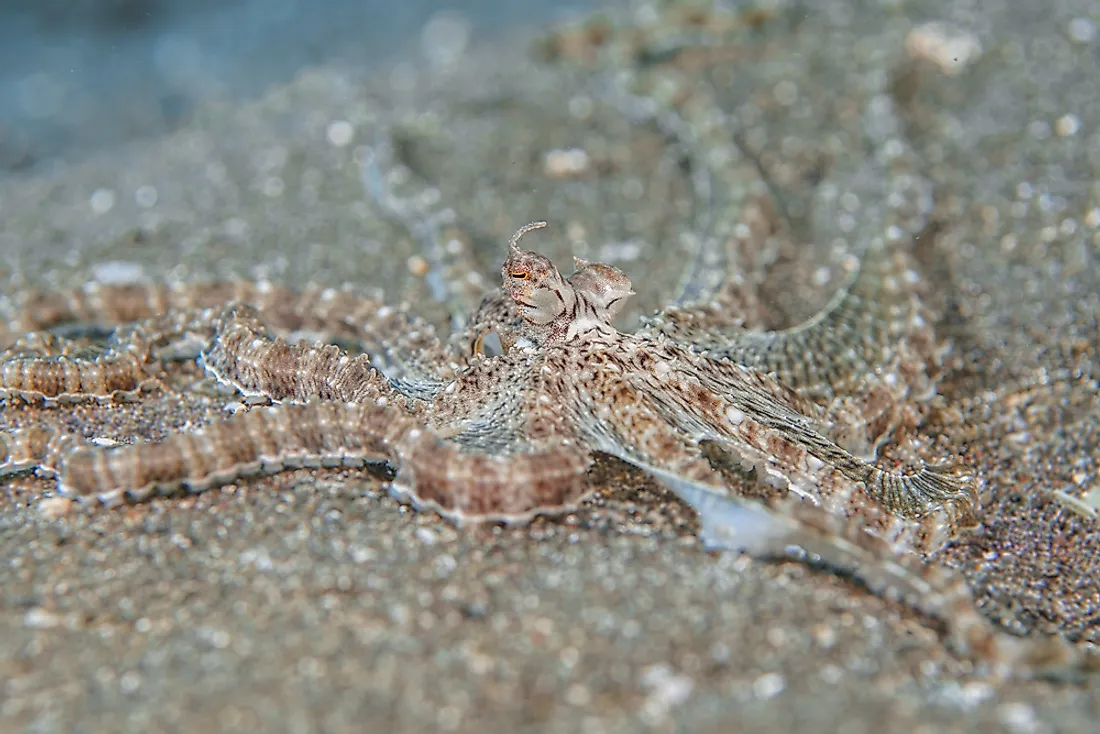
There are a few animals that have the unique ability to change colors. The ability to change colors can help animals protect themselves against their predators because it allows them to blend into their natural environment. Here is a list of 10 color changing animals.
10. Chameleon
A chameleon is a unique species of lizard famous for changing its skin color. It does so to camouflage with its surrounding. Sometimes chameleons change their color when they are angry or fearful. To change its color, the chameleon adjusts a layer of specialized cells underlying its skin. Others change color in response to humidity, light, and temperature. Chameleons never stop growing. They keep shedding their skin from time to time. Furthermore, chameleons have excellent eyesight characterized by a 360-degree arc vision. Although chameleons do not hear, their bodies detect sound within the surrounding.
9. Golden Tortoise Beetle
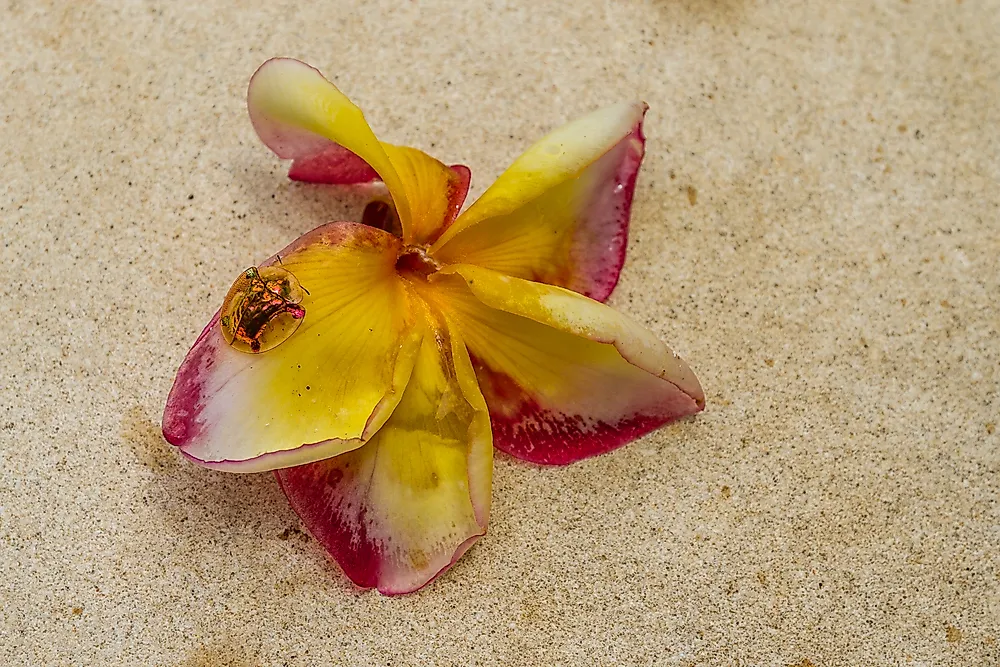
The golden tortoise beetle is an insect that can change its color. The species with this ability include Charidotella sexpunctata and Charidotella egregia. The tortoise beetles change color due to particular events that occur in their environment. Such events include meeting a willing mate and being touched by a curious human being. Hence, when they are mating or agitated, the tortoise beetles change their color from gold to a bright red color. The change of color occurs due to a process referred to as optical illusion.
8. Mimic Octopus
Mimic octopus, scientifically known as Thaumoctopus mimicus, change their color and they can also mimic other sea creatures such as a lionfish, jellyfish, stingrays, and sea snakes. The mimic octopus can pick the color of the sea creature that they intend to mimic. The mimic octopuses change their body shape to avoid potential predators. The change of skin color helps them to adapt to their surrounding. Mimic octopuses can change color and mimic shapes due to their skin which is very responsive to the environment.
7. Pacific Tree Frog
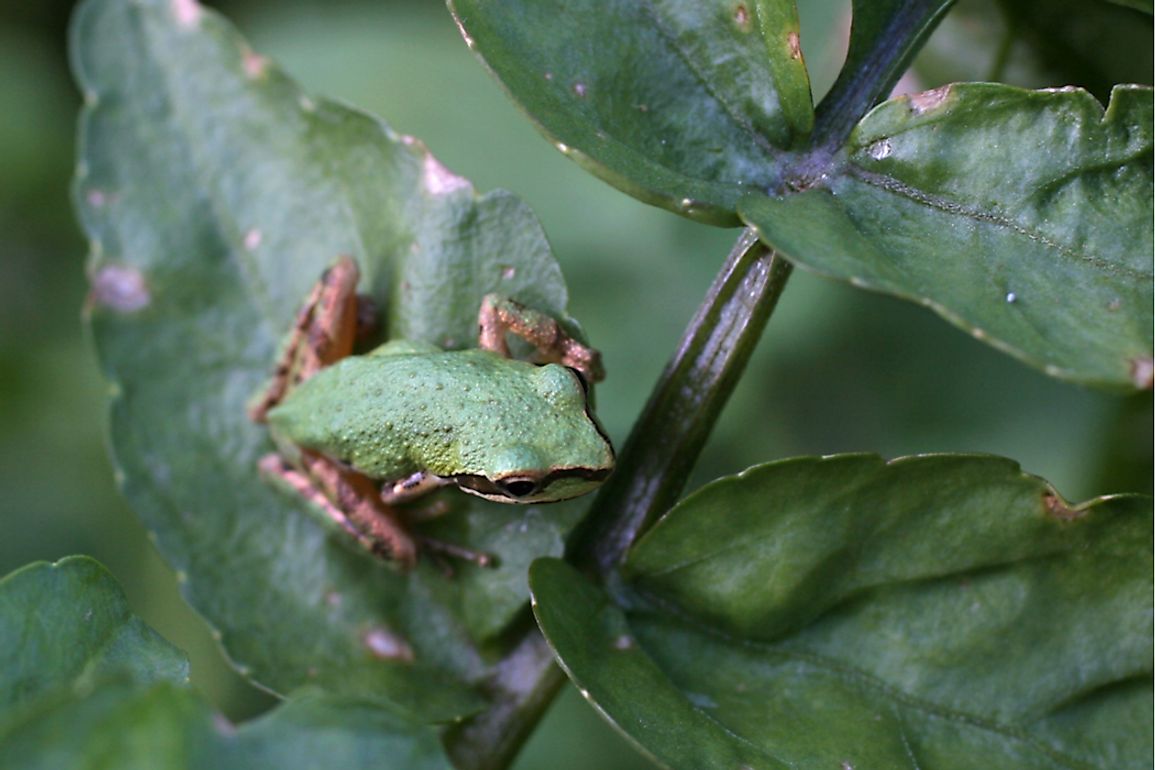
The Pacific Tree Frog inhabits North America. One of its common features is the sticky toe pads. The sticky toe pads enable them to climb trees and plants. The Pacific Tree Frog changes its color to blend in with its surroundings. The change of color is a defense mechanism against predators such as raccoons, bullfrogs, snakes, heron, and many others. Pacific Tree Frogs also change their color based on the seasons and temperature. When the temperatures are high, they turn into a shade of yellow. An example of Pacific Tree Frog species that changes color is Hyla regilla. The process of color change in Pacific Tree Frogs takes 1-2 minutes.
6. Seahorses
Seahorses, such as the thorny seahorse, are among the marine animals that have mastered changing their color. The purpose of changing their skin color is to camouflage, frighten predators, communicate their emotions, and for courtship. Complex interactions between the brain, nervous system, hormones, and organelles make it possible for the seahorses to change their color. The organelles responsible for these color changes are known as chromatophores. Regarding the speed at which the skin color changes, this depends on the stimulus. For instance, in a life or death situation such as involving a predator, the color changes quickly. But whenever the seahorse is courting a mate, the change takes place slowly.
5. Flounders
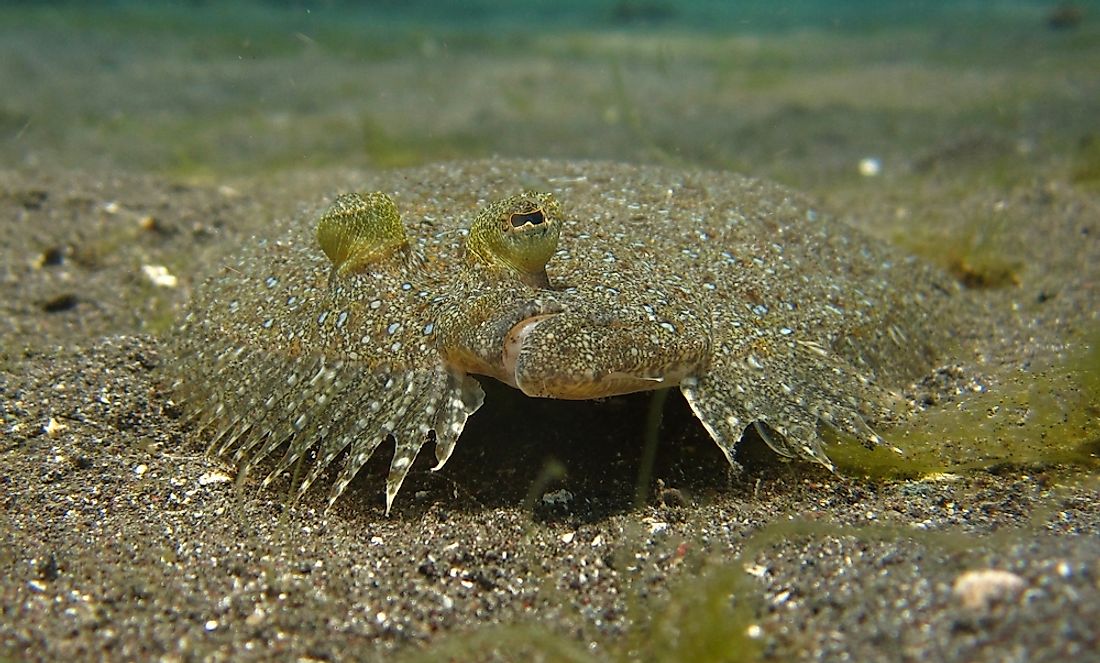
Flounders are naturally brown. However, they can change color to suit their surroundings. A flounder uses its vision and specialized cells inside the skin to change color. The cells, in turn, have color pigments and are linked to the eyes of the flounders. When a flounder moves to a new environment, the retina in the eyes captures the new color. Consequently, the color seen by the eyes are transmitted to the cells. The cells adjust the pigmentation to match the surface color. Scientists have discovered that flounders depend entirely on their vision to change color. When their eyes are damaged, then they have difficulties in camouflaging to their surrounding. An example of flounder species that changes color is the peacock flounder.
4. Cuttlefish
Cuttlefish are cephalopods that change color to feed on prey and avoid predators craftily. They have three mechanisms by which they can change color. Firstly, the cuttlefish skin contains papillae that alter the tone of the fish. The papillae cause the skin to become smooth or rough depending on the environment. Secondly, camouflaging is possible because of the chromatophores in their skin. The chromatophores are sacs of color pigments. To change color, these sacs receive color-changing instructions from the brain and act accordingly. Lastly, cuttlefish have reflecting plates called leucophores and iridophores. The plates enable the fish to change its color.
3. Crab Spiders
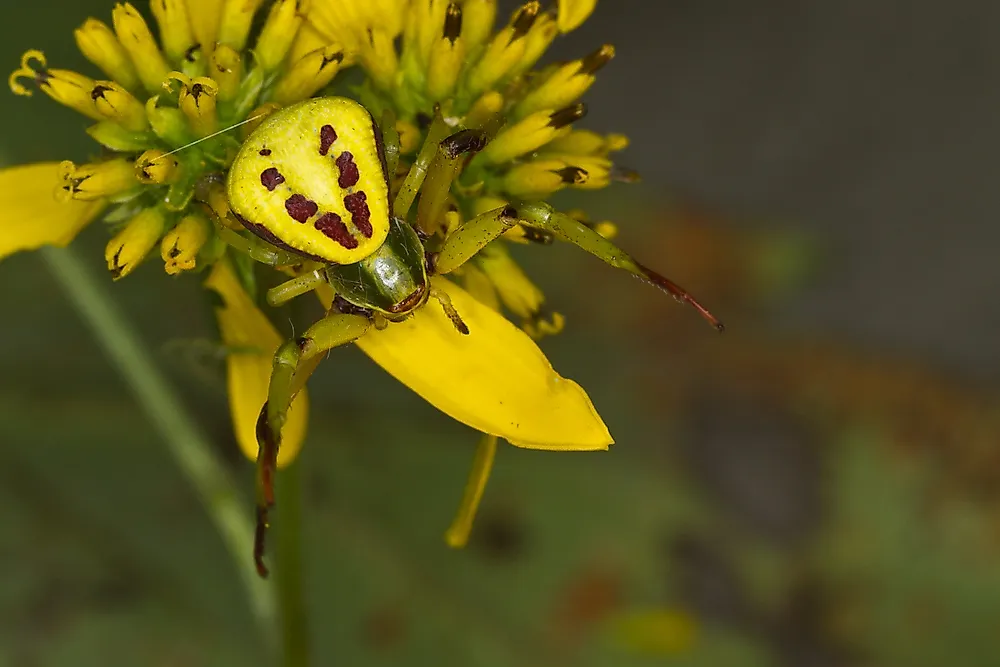
Spiders called flower spiders (or crab spiders) change their color. They usually change color to hide from their prey. Consequently, the spiders change color to resemble the flower surface on which they sit through the reflection of light. Some spiders release a yellow pigment that enhances their color changing process. An example of a species of spider with such color changing features is Misumenoides formosipes and Misumena vatia. The color change from white to yellow takes 10-25 days. Hence, the flower spiders patiently wait for the completion of the process before they can attack their prey.
2. Squid
Squids are marine cephalopods. They possess two long tentacles and eight arms. An interesting fact about the squids is that their blood is blue. Furthermore, they have three hearts instead of one like other fish. The squids are uniquely beautiful and able to change color. They change color using chromatophores engraved in their skin. The purpose of changing color is to match the surface they are on so that they can avoid predators. The camouflage also acts as a hunting tactic since it enables them to hide away from their prey.
1. Cyanea Octopus
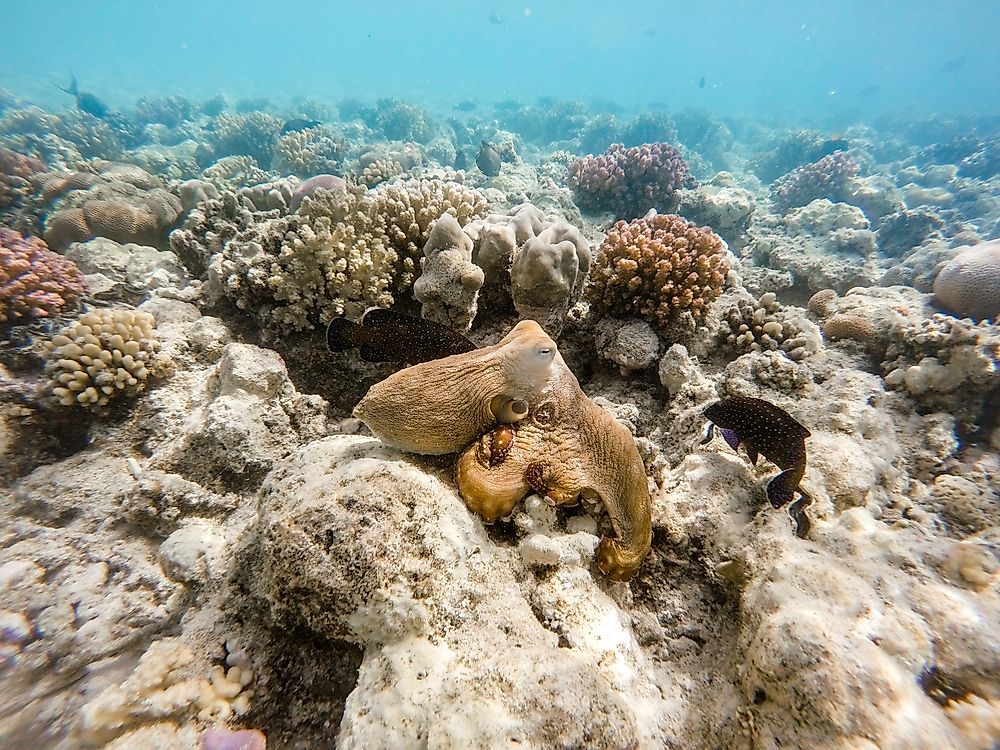
Known as the big blue octopus or the day octopus, octopus cyabea is found in the waters of the Indo-Pacific. It is known as the day octopus as it is most active during the daytime in contrast to most other octopus species. The cyanea octopus is especially adept at camouflage, able to not only frequently change the color of their skin, but also recreate patterns and textures. On the hunt for crabs, molluscs, shrimp, and fish, the cyanea octopus is able to quickly adapt its appearance to its surroundings, even mimicking moving shadows such as overhead clouds.











